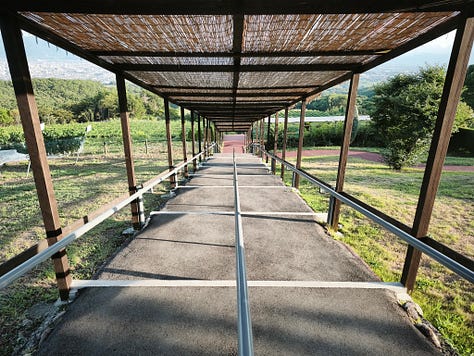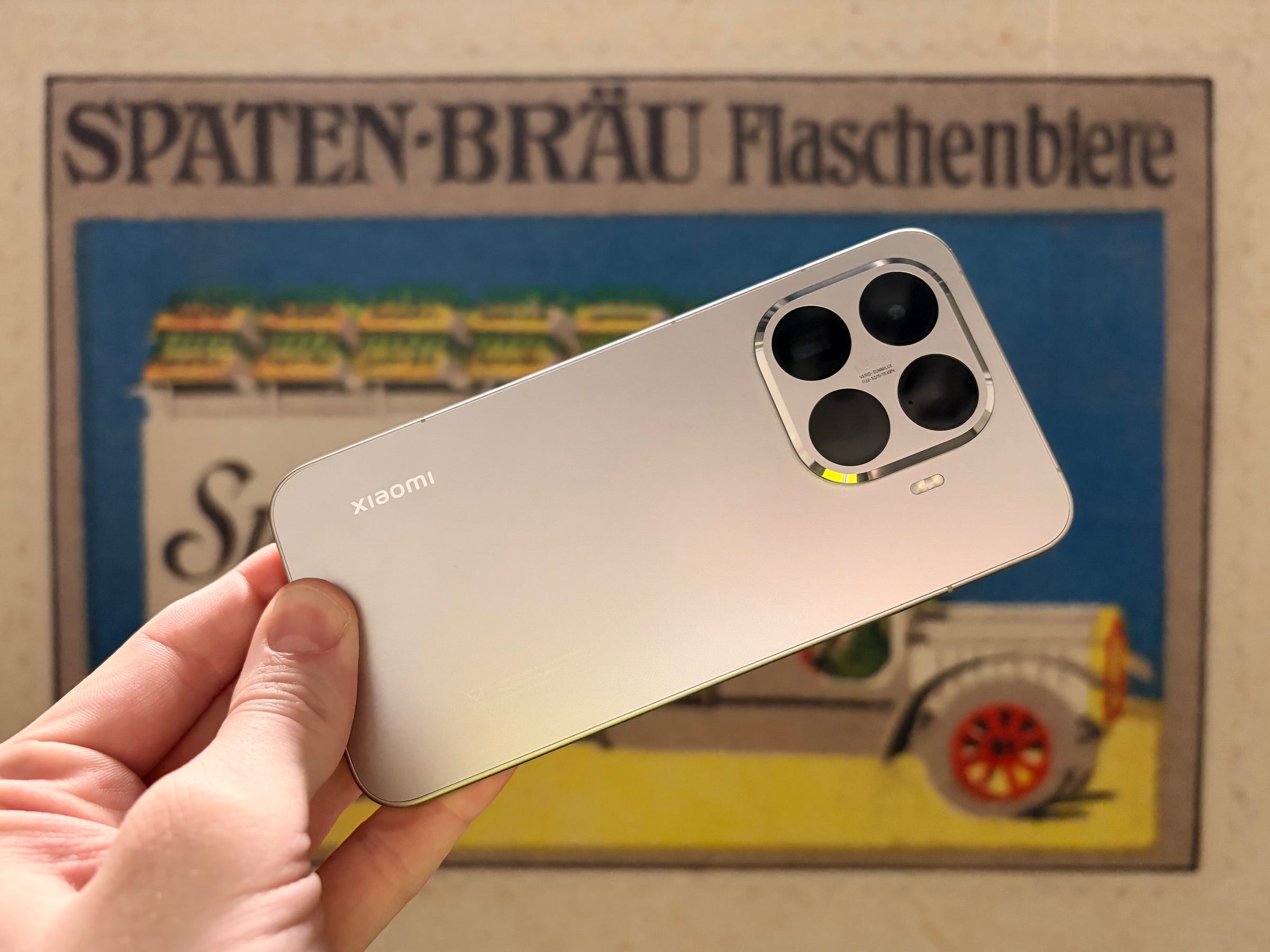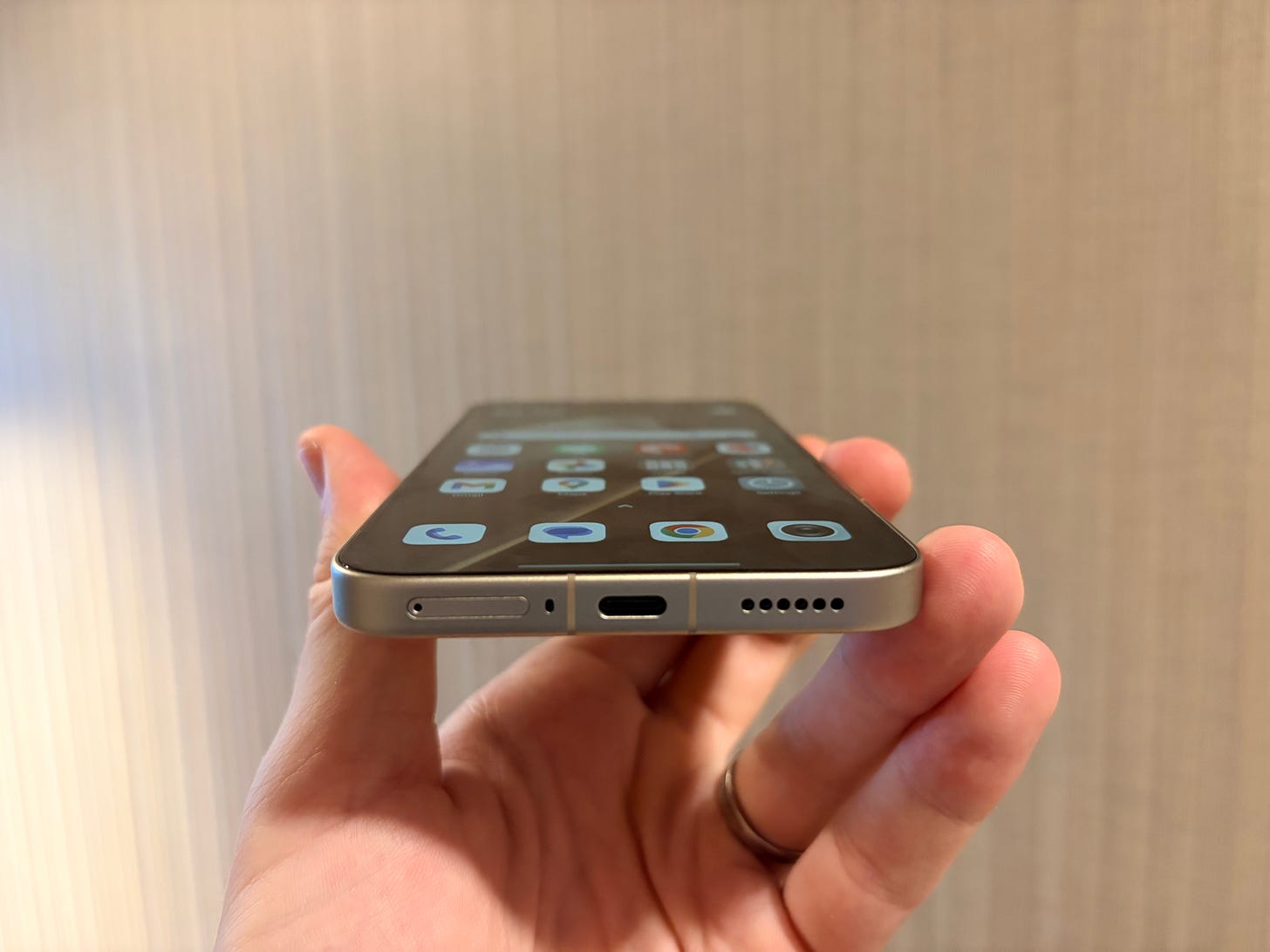Xiaomi 15T Pro review: no nonsense
This year's T-series is more than a remix
Xiaomi’s typically upper-mid-range T series has really come into its own with the latest entry, the 15T Pro, which I’ve been using for a few weeks.
This is a very solid phone with few obvious flaws, particularly for the price. The choice between it and the ostensibly higher-end flagship Xiaomi 15 mostly comes down to personal preference on design, screen size and camera configuration.
The design is an evolution of last year’s 14T Pro, which had clearly lifted some DNA (and components) from other products in Xiaomi’s lineup. Unlike that phone, though, the 15T Pro feels all-new.
The 15T Pro is even starker and boxier than before, with a completely flat back panel and sharper edges on the sides. The brushed metallic finish beneath the glass matches the aluminium side rails, giving the impression that the entire phone has been built out of the same material.
The camera bump is a big improvement, with a more rounded squircle shape and lenses that stay flush. The shiny ring around the perimeter is about the only overt design flourish on this otherwise ultra-minimalist device.
Xiaomi has been collaborating with Leica for a while, but I think this is the first time it’s put out a phone that it actually feels like Leica could have built itself. It reminds me a little of the all-metal Leica T.
This is very much a big-screen device, with what I believe is the largest smartphone screen in Xiaomi’s history — it’s 6.83” across with tiny symmetrical bezels, a 144Hz refresh rate and a resolution of 2772 x 1280. The OLEDs can hit a peak brightness of 3,200 nits, though of course that’s not all at once; still, the screen looks great outside in all conditions.
The 15T Pro is powered by MediaTek’s Dimensity 9400+ chipset, which sits at the top of the company’s range right now — although the 9500 was just announced this week. This is still a really capable chip that easily goes toe-to-toe with the best Qualcomm has to offer.
The battery is 5,500mAh and can be charged at 90W with a compatible brick and cable or 50W wirelessly. Between the relatively large capacity and the Dimensity 9400+, I haven’t had any issues with overheating or excessive battery drain — the 15T Pro has been very reliable for me.
All models of the 15T Pro come with 12GB of RAM, with storage ranging from 256GB to 1TB.









The camera setup is similar to the 14T Pro. The main camera still uses the 50-megapixel 1/1.3” Light Fusion 900 sensor with a 23mm-equivalent f/1.62 lens, and the 15mm ultrawide is also unchanged at 12 megapixels and f/2.2.
The telephoto is what’s really new here. It’s a 5x 115mm f/3 periscope lens paired with a 50-megapixel 1/2.76” sensor, giving the 15T Pro much more reach than the 2.6x zoom on its predecessor. Of course, the tradeoff there is that you lose out on quality between 2.6x and 4.9x.
There aren’t really any surprises with performance across the system. The main camera is great, just as it is on the Xiaomi 15. The telephoto is very good in decent light but can’t work miracles in the dark given the small sensor and aperture. It’s much the same story with the ultrawide, which is best suited for punchy daylight shots.
But all three cameras do benefit from Xiaomi’s Leica image processing, which is as excellent as ever here and makes the 15T Pro a great street photography point-and-shoot. You also get the Fastshot mode from the 15 Ultra, which mimics Leica rangefinder frame lines and focal lengths; it’s activated by double-pressing volume down from the lock screen and is a lot of fun to use.
At €799 in Europe for a model with 12GB of RAM and 256GB of storage, the 15T Pro goes right up against the iPhone 17 and the Pixel 7, and it’s hard to argue with the price for the hardware you get here. Xiaomi can claim the better camera system, competitive performance and a bigger screen wrapped up in a distinctive design.
Within its own lineup, the Xiaomi 15 might be the 15T Pro’s biggest competition. It launched at €999 early this year but can now be found for under €750 on the continent. That’ll get you a smaller 6.36” screen, a Snapdragon 8 Elite chip and the same main camera with a better ultrawide and shorter 2.6x zoom.
Honestly, screen size is probably going to be the deciding factor here for most people. The 15T Pro won’t be for everyone, but if you’re on board with its uncompromising, austere design, it’s a great deal.





